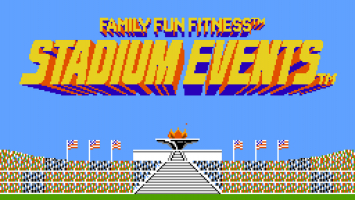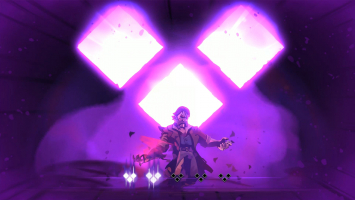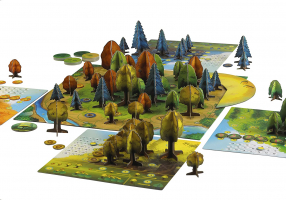Top 7 Classic Video Games to Know
People today live in a pixel-perfect 4K video game age. The vastness and breathtaking immersion of the landscapes. Without barely blinking an ultra HD eye, ... read more...they are able to sync games to the cloud. However, pixelated blobs and bouncing lines were all that could be seen in early video games just a few decades ago. These are only a handful of the numerous video games that helped establish new gaming genres and technologies, helped develop contemporary gaming, and gave rise to well-known franchises that are still popular today. Let's now explore the greatest classic video games.
-
The centipede game is an extended form game in game theory that was initially developed by Robert Rosenthal in 1981. Two players alternately choose to accept a slightly greater portion of a growing pot or to pass the pot to the other player. The payoffs are set up so that if one hands the pot to an opponent and that opponent wins it on the following round, one receives a little less money than if one had won it on this round, but the potential payout will be bigger after another switch. Consequently, even if a player has a motive to grab the pot at every round, it would be best for them to wait.
Any game having this structure but a variable number of rounds is referred to as a centipede game, even though the original centipede game had a cap of 100 rounds (thus the name). The first player to take the pot on the first round of the game occurs in the only subgame perfect equilibrium (and in every Nash equilibrium) of these games. However, in empirical tests, relatively few players take the pot, leading to a bigger payout than in the subgame perfect and Nash equilibria. These findings are interpreted to demonstrate that in some situations, subgame perfect equilibria and Nash equilibria are unable to forecast human play. In introductory game theory courses and literature, the Centipede game is frequently used to emphasize the ideas of backward induction and the iterative removal of dominated tactics, which demonstrate a popular method of supplying a solution to the game.
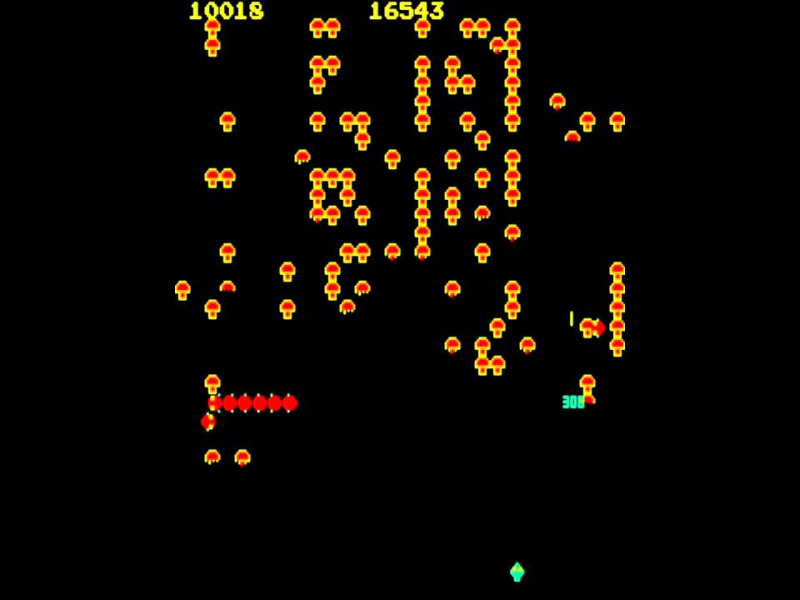
Klaus Scholz 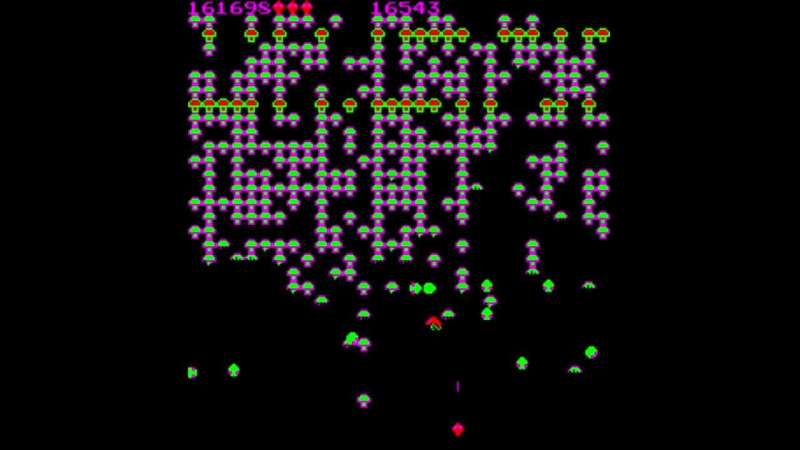
SMO6587 -
Action game Joust was created by Williams Electronics and made available in arcades in 1982. Despite not being the first two-player cooperative video game, Joust's popularity and flawless execution made the idea more widely accepted. A stork is ridden by player 1, and an ostrich by player 2. A two-directional joystick controls direction while the flap button regulates altitude. When two buzzard-riding enemy knights or another player collide, the higher rider dismounts the other.
The user controls a yellow knight on an ostrich that is flying. Using a two-way joystick and a button, the user guides the main character across the game's landscape, which is made up of rock platforms floating above a flat island encircled by lava. The ostrich's wings are flapped by the button, while the knight's horizontal motion is controlled by the joystick. The ostrich will soar upward, hover, or slowly drop depending on how quickly the player flaps repeatedly. Moving off the screen's left or right edge loops around to the opposite side.
Each wave's opposing knight formations riding buzzards must be destroyed. A more difficult wave starts once you finish the previous one. Players control the knight to attack foes.The winner is whichever of two jousting lances is highest. Equal height collisions push the characters apart. An adversary that has been vanquished becomes a dropping egg that may be gathered for points. The egg hatches into a knight who acquires a new horse and must be defeated again if the player fails to capture it (unless the egg falls into the lava, in which case it is destroyed). Bounder, Hunter, and Shadow Lord are the three varieties of enemy knights; each has a distinct color and points value. After a specified amount of time, a pterodactyl materializes to pursue the hero. Any character flying too low will be grabbed by an invulnerable Lava Troll's disembodied hand and pulled into the lava. The second player in a two-player game controls a blue knight riding a stork. The waves are finished collaboratively by the two players, who may choose to engage in mutual combat.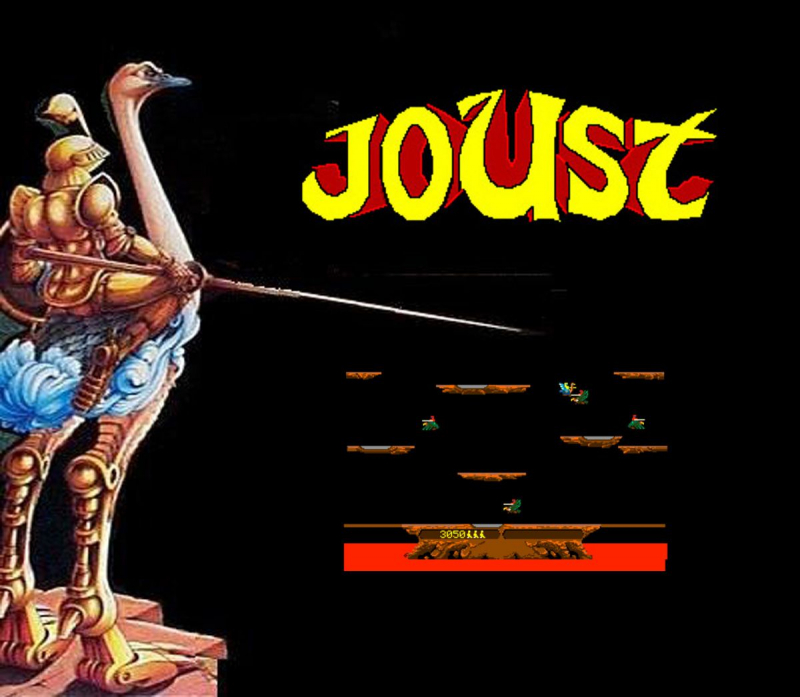
Pinterest 
bavatuesdays.com -
A 1981 arcade action game called Frogger was created by Konami and produced by Sega. Sega/Gremlin distributed it in North America. The goal of the game is to guide various frogs to their homes by navigating a congested road and a perilous river. After being hailed as one of the best video games ever created, Frogger spawned a number of clones and sequels. Its numerous home video game iterations had sold 20 million copies globally by the year 2005. It made its way into mainstream culture, including music and television.
You must direct a frog to each of the vacant houses at the top of the screen in order to win the game. Depending on the settings of the machine, the game begins with three, five, or seven frogs. Game ends if all frogs are lost. To jump the frog once, the player utilizes the 4-direction joystick. A single player or two people can alternately play Frogger. The horizontal road that the frog begins on at the bottom of the screen is filled with moving automobiles, trucks, and bulldozers. To save the frog from becoming roadkill and losing a life, the player must direct it between opposing lines of traffic. The two main sections of the screen are divided by a middle strip after the road.
A river, complete with logs, alligators, and turtles, can be seen in the top portion of the image. The user may direct the frog to safety by leaping on quickly moving logs, turtles' backs, and the backs of alligators and alligators. Alligators with their mouths open, snakes, and otters must all be avoided by the player. On occasion, a female frog with vibrant colors can be found on a log and transported for extra points. Five "frog houses" may be seen at the top of the screen. These occasionally include extra bugs or dangerous alligators. The game advances to the following stage, which is more challenging, until all five frogs are in their respective houses. The difficulty gradually grows with each level until it quickly eases at level five. The timer resets whenever a life is lost or a frog successfully enters a home. It gives each frog 30 seconds to find one of the homes.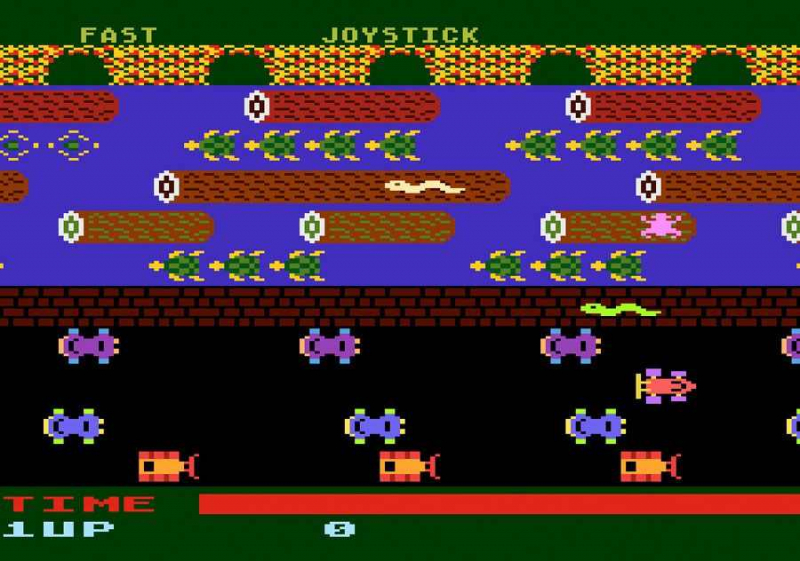
speed-new.com 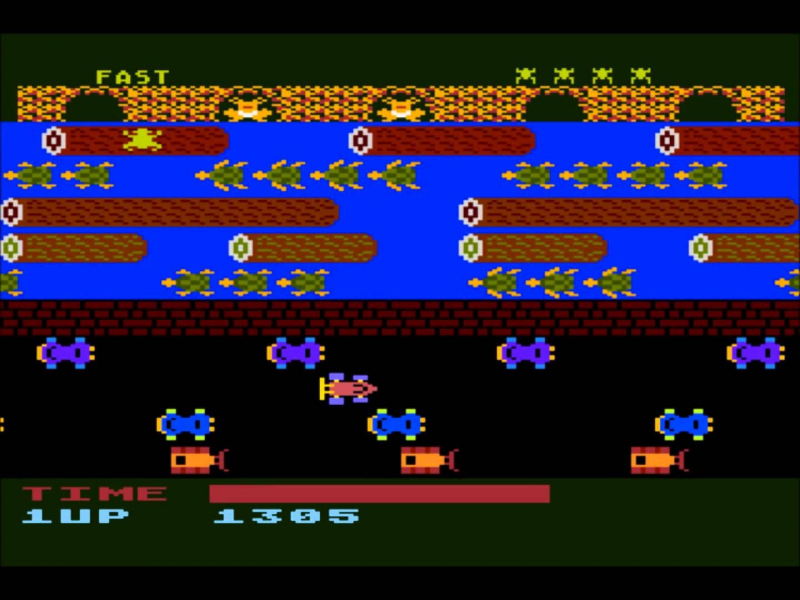
Pinterest -
Galaga is a fixed-shooter arcade video game that Namco created and released in 1981. It was made available in North America by Midway Manufacturing. It is the follow-up to Galaxian (1979), which was Namco's first significant arcade video game success. The player is entrusted with killing the Galaga troops in each stage while dodging opponents and missiles while piloting a spacecraft. Some foes may be stopped by a player's spacecraft using a tractor beam, and the player can then be revived to become a "dual fighter" with more firepower.
Galaga received positive reviews and went on to become one of the most popular arcade games, regularly showing up on the Japanese and American arcade charts through 1987 despite early location testing being unsuccessful. It is recognized as one of the best video games of all time and a classic from the heyday of arcade video games. The gameplay, creativity, addictiveness, and advancements over the previous game were praised by the critics. Along with releases on digital distribution channels like Xbox Live Arcade, several home ports for a variety of platforms, including the MSX, Atari 7800, and Nintendo Entertainment System, were made available. Additionally, Galaga can be found in many Namco compilations. Gaplus, a sequel, was released in 1984.
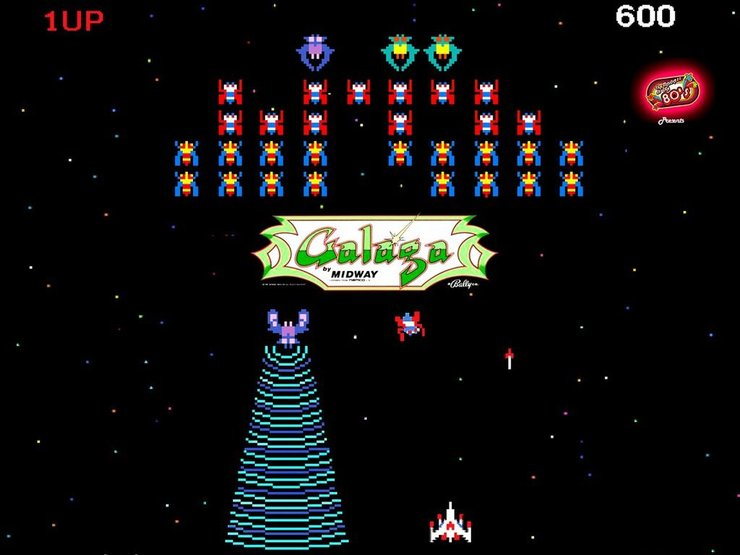
gurugamer.com 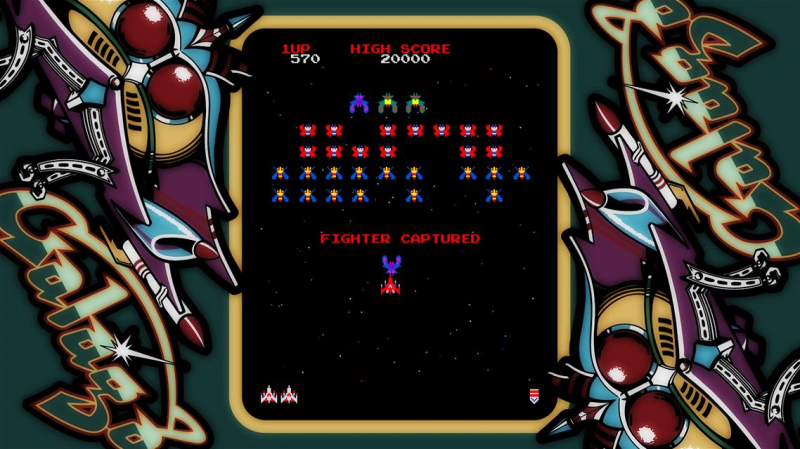
psxboxindies.com -
Tomohiro Nishikado created the shoot 'em up arcade game Space Invaders in 1978. It was created and marketed by Taito in Japan, and Bally's Midway business received a license to distribute it elsewhere. The original fixed shooter and creator of the shoot 'em up genre was Space Invaders. To gain as many points as you can, the objective is to destroy wave after wave of falling aliens with a horizontally moving laser. Designer Nishikado took inspiration from science fiction stories including the novel The War of the Worlds (1897), the anime Space Battleship Yamato (1974), and the film Star Wars, as well as North American target shooting games like Breakout (1976) and Gun Fight (1975).
He had to create unique hardware and development tools in order to finish the game's development. As a result, it became both the best-selling video game and the highest-grossing entertainment product at the time, as well as the most lucrative video game ever. One of the most influential video games of all time is thought to be Space Invaders. The heyday of arcade video games began as a result. It has been ported and re-released in many ways and served as an influence for a large number of video games and game creators in a variety of genres. The Atari VCS version from 1980 doubled VCS sales, making it the first killer software for gaming systems. The pixelated enemy alien has expanded into a larger part of pop culture, frequently standing in for video games as a whole.
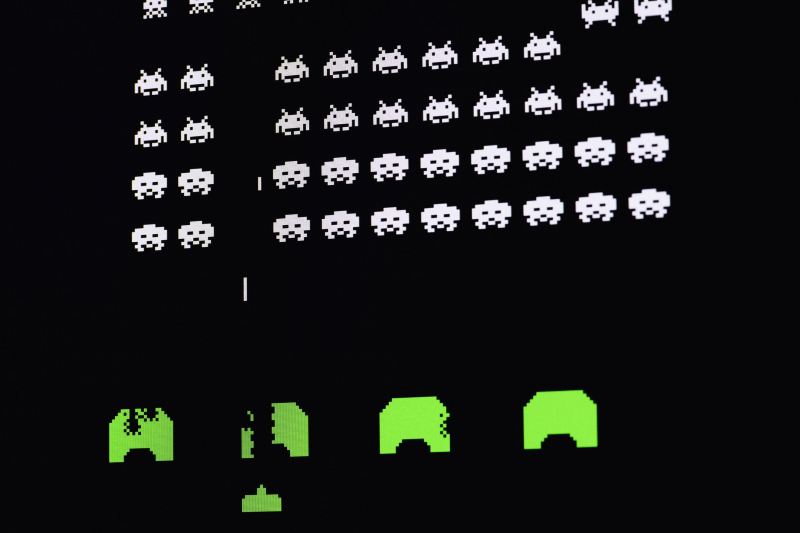
Lifewire 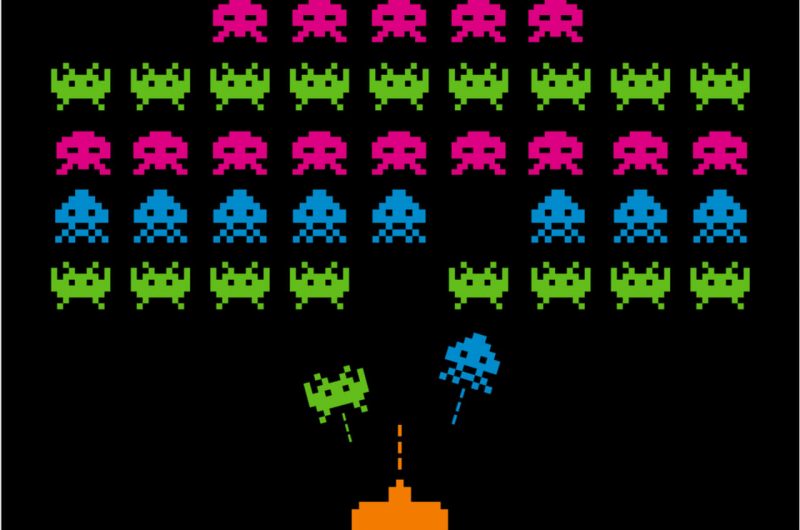
playnevada.com -
Nintendo created and released the arcade platform video game Donkey Kong in 1981. In order to scale a building site and save Pauline from the enormous monster Donkey Kong, Mario must navigate over platforms while dodging or jumping over hazards. It is both Mario's first video game appearance and the debut title in the Donkey Kong series. Nintendo's increasingly frantic attempts to create a smash game to compete with Pac-Man (1980) and enter the North American market resulted in Donkey Kong. Shigeru Miyamoto, a rookie video game designer, was given the task by Nintendo's president at the time, Hiroshi Yamauchi.
Donkey Kong was a financial and critical success in Japan and North America, where it became the most successful arcade game of 1981 and 1982, respectively, despite the initial reservations of Nintendo's American team. The game's multiple ports sold more than 15 million units worldwide. It was transferred to the Game & Watch, where it sold 8 million units, and Nintendo licensed the game to Coleco, a maker of arcade conversions for home consoles, who sold 6 million cartridges. The company was well-positioned for market dominance from 1981 through the late 1990s thanks to Donkey Kong's phenomenal success. Mario, who later became one of the most well-known characters in the world and Nintendo's mascot, makes his video game debut. One of the most significant titles from the heyday of arcade video games and one of the all-time most played arcade games is Donkey Kong, a pioneer of the platform game genre.
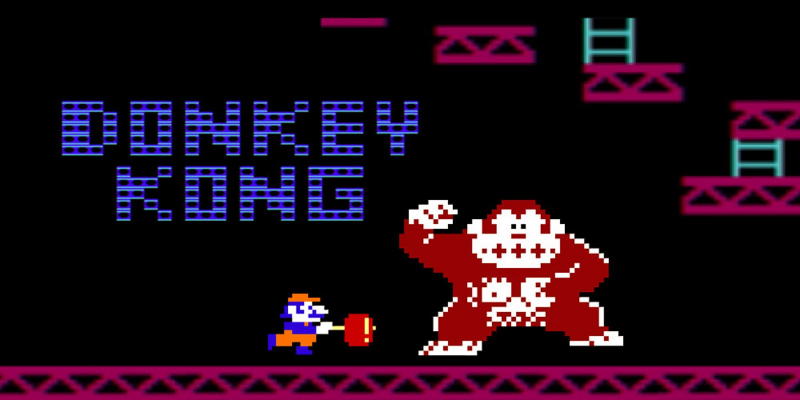
nintendo.co.uk 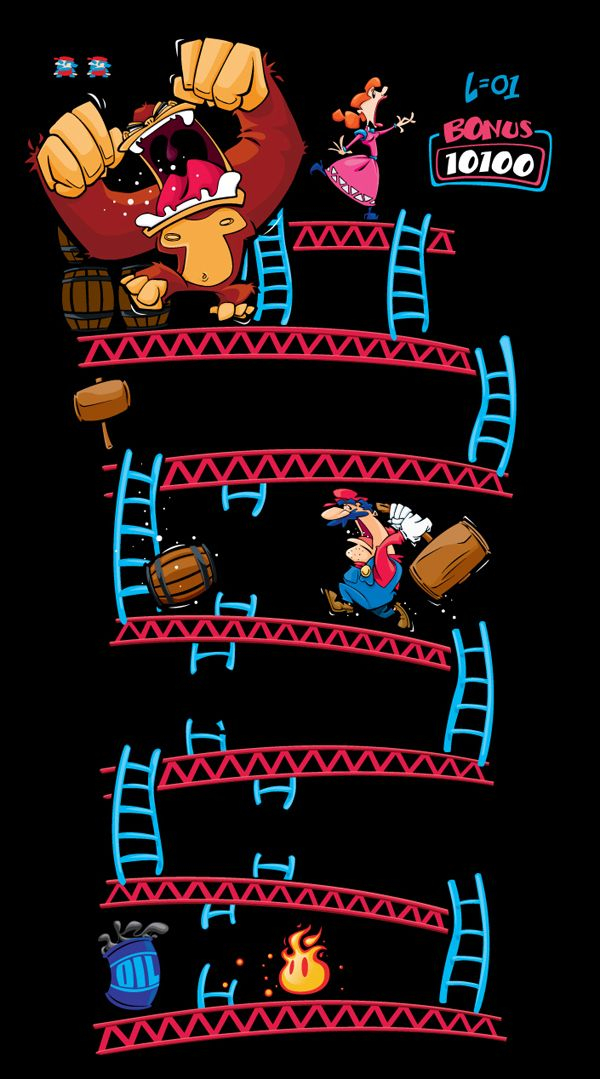
Pinterest -
Pac-Man, originally known as Puck Man in Japan, is an arcade labyrinth action video game that Namco created and launched in 1980. As part of its license arrangement with Namco America, Midway Manufacturing distributed the game in North America. Pac-Man, whom the player controls, has to consume every dot inside a maze while avoiding four different colored ghosts. Pac-Man may gain additional points by eating "Power Pellets", which are big flashing dots that briefly make ghosts blue.
Early in 1979, a nine-person team under the direction of Toru Iwatani started working on the game. Because the majority of video games at the time featured themes of war or sports, Iwatani intended to make a game that could appeal to both men and women. Iwatani has said that although the picture of a pizza with a piece cut off served as the idea for the Pac-Man design, he also completed the Japanese symbol for mouth, kuchi. To appeal to younger players, the in-game characters were developed to be charming and bright. A hit single by Buckner & Garcia and several sequels, merchandise, and two television series followed Pac-Man's widespread critical and commercial success. Currently, Bandai Namco Entertainment's mascot and signature icon is the Pac-Man character. With combined sales of 43 million units and more than $14 billion in revenue (as of 2016), the game continues to rank among the highest-grossing and best-selling titles. It has a lasting impact on pop culture and the business world, and is frequently cited as one of the best video games of all time.
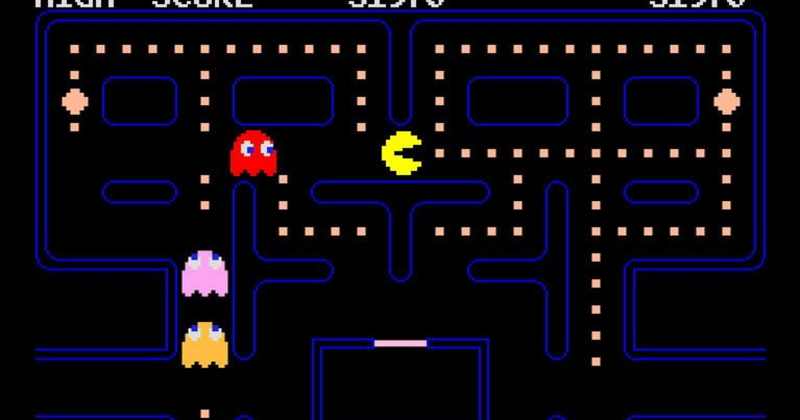
patentarcade.com 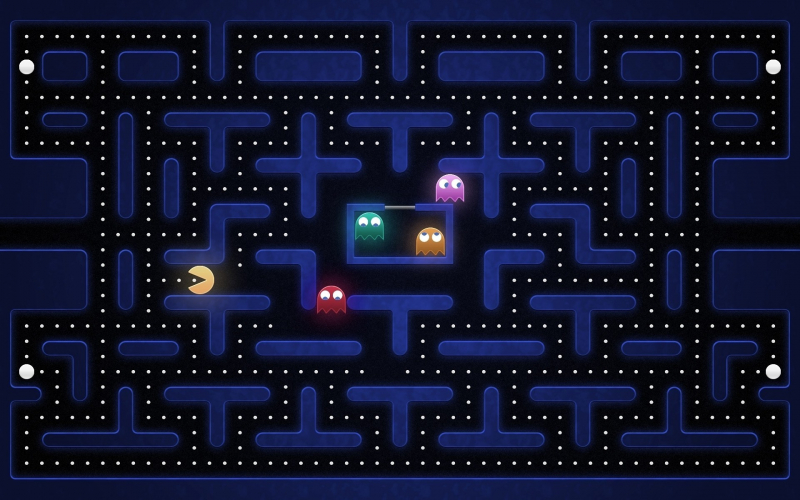
wallup.net










